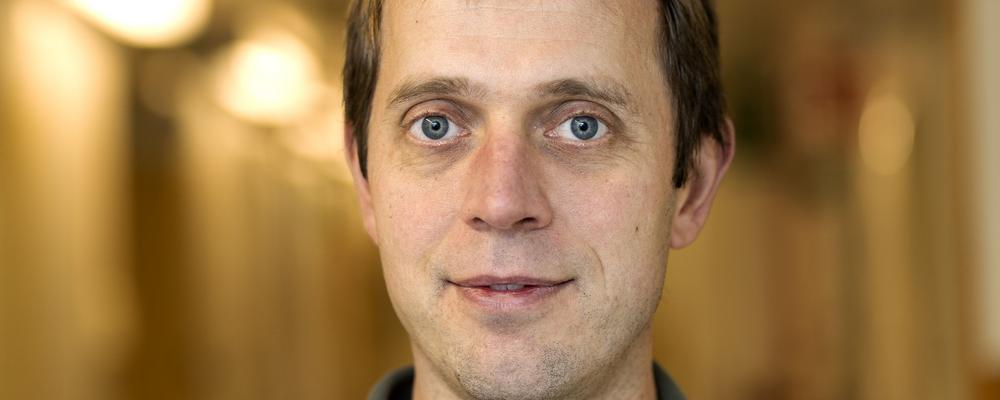“It feels great. Now I don't have to write grant applications for at least three years. Instead, I will spend time doing research.”
Karl Börjesson is of course very pleased that the EU's research council ERC has chosen to finance his research on the strong coupling between light and matter. 2 million Euros over five years is enough to expand the research group with three doctoral students and two researchers.
New energy levels
The research project is called CONTROL - Controlling delocalisation and funneling of excited state energy in the strong coupling regime in molecular systems. Behind the name hides basic research on how new energy levels are formed when molecular energy levels and light are strongly coupled, and what the properties of these new energy levelers are. The whole thing is a quantum mechanical phenomenon where the hypothesis in the project is that it can be used to transport energy.
“The project has three parts. First, we need to develop new dyes to be able to study the phenomenon. High concentrations of the dye are required to achieve the strong coupling, and this is difficult to achieve. Once we have developed these dyes, we will develop methods to measure how the energy is delocalized by the strong coupling, i.e. how spread out the energy is. The last stage in these five years is about how we can use the delocalized effect to be able to transport energy,” says Karl Börjesson.
Basic research
Studying strong coupling between light and matter is a new and largely unexplored field of research that is making fast progress.
“This is absolutely basic research. First, we need to find out more about strong coupling before we can say exactly what applications it might have. It could be a solution to be able to manufacture more durable organic solar cells.”
